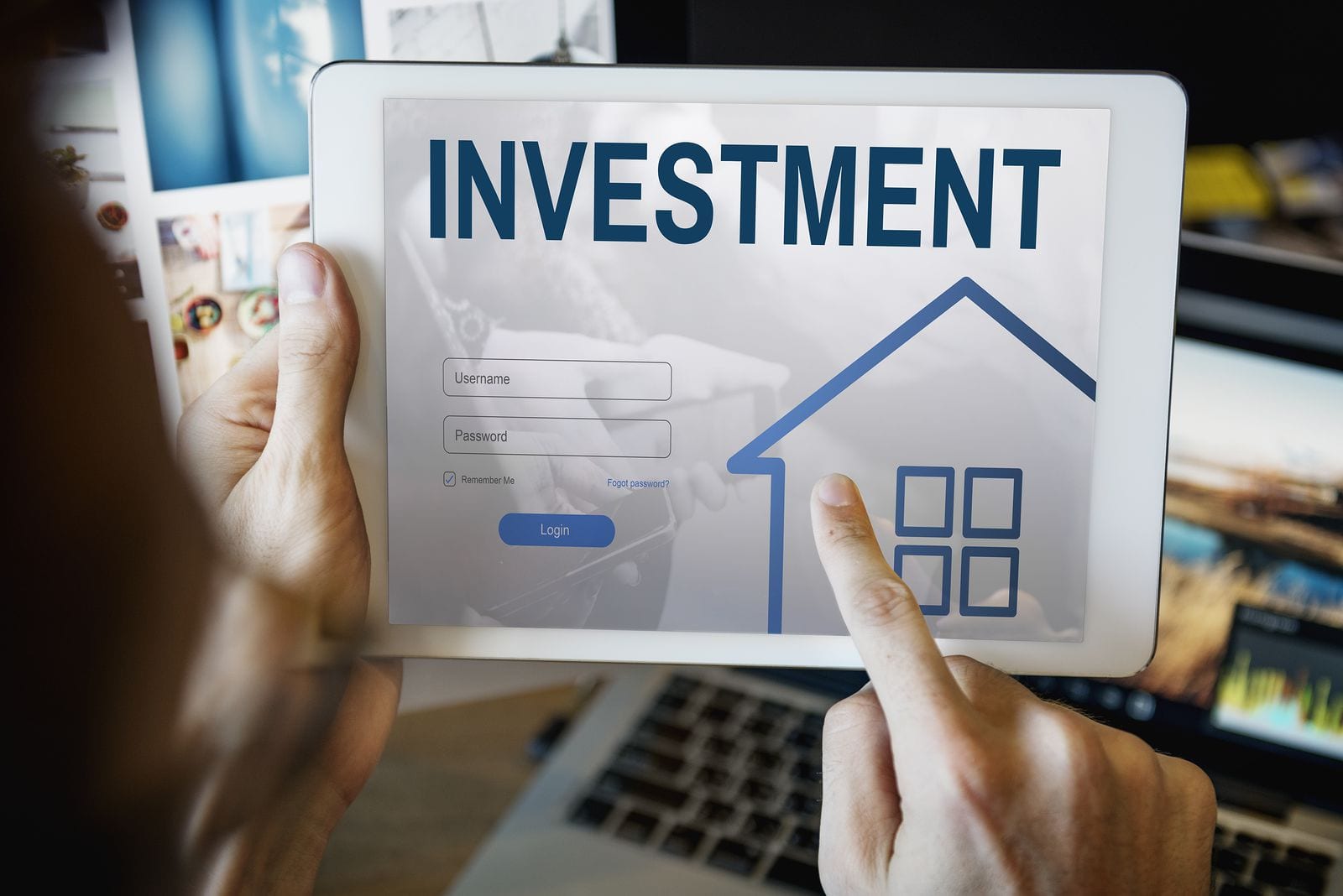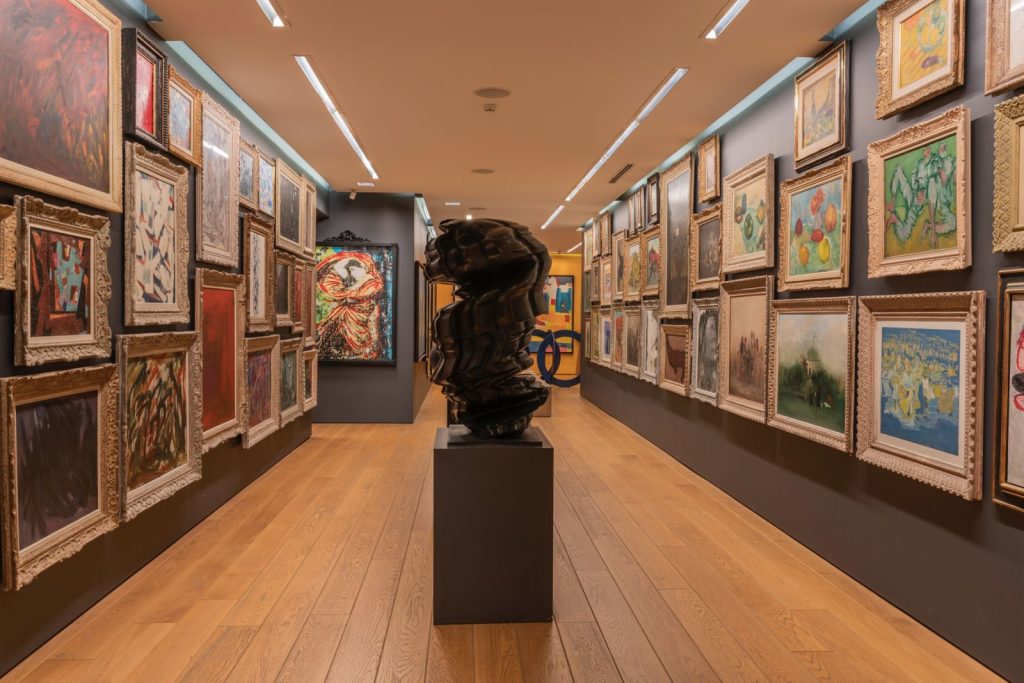Diversify Your Portfolio With Alternative Investment Tools
In the highly competitive conditions of modern markets, investors can maximize their earnings by not only applying traditional investment tools and models but also exploring innovative alternative investment models, while evaluating their financial stability with future investment trends.
The most basic benefit of turning to alternative investment tools is diversifying assets in portfolios. Real estate, private equity, hedge funds, commodities, art and collectibles, and digital asset classes such as cryptocurrencies are the most widely preferred alternative investment tools.
In addition to these, biotechnology, healthcare, and other sustainable projects can also be alternative investment tools. It is the responsibility of professional investors to follow trends and be informed about current news. In this way, they can discover profitable alternative opportunities.
What Are Alternative Investments And How Are They Done?

In addition to traditional investment models such as real estate and foreign exchange, there are also some alternative investment models. In today’s financial ecosystems where digitalization is widespread in every field, new technological products and services make it easier for investors to diversify their portfolios.
For alternative investment types, real estate, private equity funds, commodity projects, hedge funds, art and collection projects, cryptocurrencies, biotechnology investments and artificial intelligence can be counted. These are the most popular common alternative investment instruments today.
The difference between alternative investment types and traditional investment models is that they are suitable for future trends and are necessary for financial stability and risk management.
There is a possibility of failure in risk management in investment projects managed with only a few different asset classes that can be considered as an example of traditional ones.
What Are Art And Collection Investments?

We have some suggestions for those who will start collecting art as an investment tool! First of all, remember that; creating a strong and consistent art collection takes time and knowledge. Art will open the doors to a very deep, intense, and wonderful world for you.
After determining your area of interest and deciding on the artist whose work you plan to buy, we recommend that you do not rush and do not make impulse purchases.
First of all, take the time to get to know the artist you are interested in. Research the artist’s past periods, their place in the market, and the second-hand market if they have collections. If it is second-hand work, make sure of the provenance of the work. If you do not do sufficient and appropriate research, you may pay more for a work than it should or even buy a replica.
Works inspire us and live with us for a long time. Plan to live with the work you have purchased for investment purposes for many years. Considering the preservation of the work, frame it appropriately and hang it away from direct sunlight.
The art market does not move quickly like the financial market and the appreciation of works and artists takes much longer. When you want to sell, remember that works that have not been on the market for a long time are always more valuable.
What Are Agricultural And Natural Resource Investments?
Agriculture and natural resource investments are generally widespread investment models that include opportunities such as agricultural lands, forests, mines, development of agricultural technologies, precious metal-producing mines, water resources, and sustainability projects.
The economic approach to agriculture and natural resource investments aims for long-term benefits for agricultural producers. In addition, the existence of agricultural enterprises due to economic performance, low agricultural product prices, decreasing production, high production costs, or similar negative conditions are factors that reveal economic sustainability.
In the modern world, the use of agricultural lands for purposes such as infrastructure, urbanization, and industrialization is one of the biggest environmental problems in our country.
In the rapid urbanization process, it is natural for the demand for land to increase for urban purposes. Especially urbanization and industrialization, investments such as tourism, highways, railways, energy and pipelines, dams, airports and sports facilities, brick-tile quarries and factories, open pit mines, etc. are the most important factors that play a role in the misuse of agricultural lands.
What Are Private Debt Investments?
While the world of investment funds is being shaped and enriched according to global trends, funds that invest in financial assets that we can call classical continue to be the center of attention. Among these types of investment funds traded in Turkish markets are funds that invest in private debt investments.
According to the definition of private debt investments, investment funds accepted by the Capital Markets Board must continuously invest at least 80 percent of their total fund value in private debt investments. In other words, when you invest in these funds, you invest at least 80 percent of your savings in debt instruments issued by the private sector.
According to the definition in the legislation regulating financial markets in the modern world, private debt investments are the bonds issued by companies as debtors, convertible bonds, convertible bonds, promissory notes, precious metal bonds, and capital market instruments that are accepted by the Capital Markets Board (CMB) as debt instruments in terms of their nature within the framework of capital market legislation.
In simpler terms, as in government bonds and treasury bonds, the issuing institution here is not the Treasury but private companies. Again, as in the literature, debt instruments with maturities of less than one year are called corporate financing bonds, and those with maturities longer than one year are called corporate bonds.
What Are Social And Impact Investments?
Social investment is a new model used in financing works that create social impact and benefits. It is used in financing business models that serve to eliminate social problems or meet priority needs and have the potential to make a profit.
Impact investments are investment strategies that aim to create measurable social and environmental benefits in addition to financial returns. It is important that the social benefit is realized through the business model of the initiative and that the additional contribution made according to an alternative scenario is provable. Many platforms aim to invest in impact initiatives that produce such a benefit.
See you in the next post,
Anil UZUN
